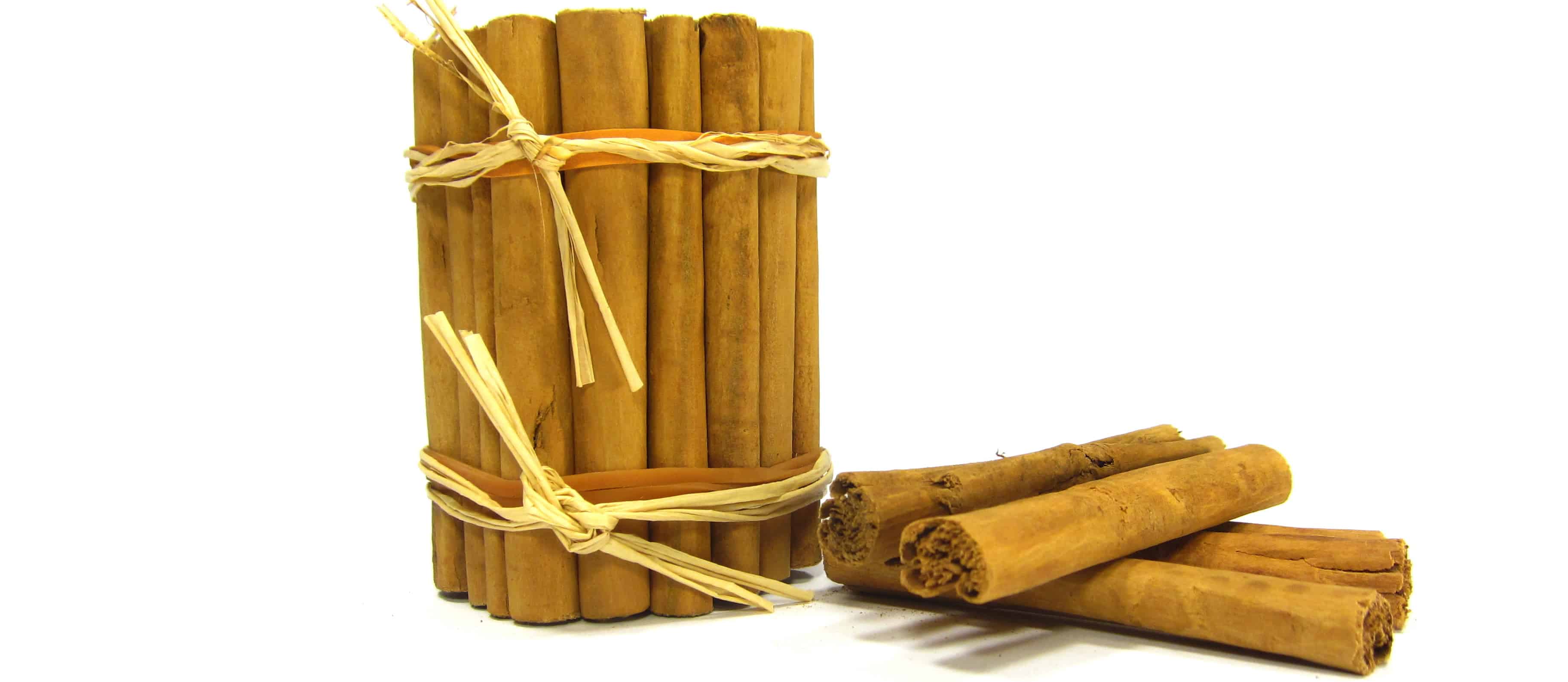The use of cinnamon to help treat diabetes remains controversial. We know that cinnamon is so good at controlling one’s blood sugar that you can cheat on a diabetes test by consuming two teaspoons of cinnamon the night before your glucose tolerance test. That’s where they make you drink some sugar water to see how well your body can keep your blood sugar levels under control, and if you eat those two teaspoons right when the test starts or 12 hours before you can significantly blunt the spike. Even a teaspoon a day appears to make a significant difference. A review of the best studies done to date found that the intake of cinnamon by type 2 diabetics or prediabetics does lower their blood glucose significantly. So what’s the controversy?
Well, as I described in my video The Safer Cinnamon, cassia cinnamon, also known as Chinese cinnamon (probably what you’re getting at the store if it just says “cinnamon”) contains a compound called coumarin which may be toxic to the liver at high doses. Originally the concern was mainly for kids during Christmas-time where they might get an above average exposure, but more recently some researchers suggest that kids just sprinkling some cassia cinnamon on their oatmeal a few times a week might exceed the recommended safety limit.
As you can see in my 5-min video Update on Cinnamon for Blood Sugar Control just a quarter teaspoon of cinnamon a few times a week may be too much for little kids, and if they’re eating that cinnamon-sprinkled oatmeal more like every day they can bump up against the limit for adults. So a teaspoon a day of cassia cinnamon might be too much for anyone, but can’t we just switch from cassia cinnamon to Ceylon cinnamon and get the benefits without the potential risks? Without the risks, yes, but we’re no longer so sure about the benefits.
Nearly all of the studies showing blood sugar benefits of cinnamon have been done on cassia. We’ve just assumed that the same would apply for the safer cinnamon, Ceylon, but only recently was it put to the test. That nice blunting of blood sugars we saw in response to cassia cinnamon disappeared when the researchers tried Ceylon cinnamon instead. In fact, it may actually be the potentially toxic coumarin that was the active ingredient in the cassia cinnamon all along. Thus, sidestepping the toxin by switching may sidestep the benefit.
So should we just give up on going out of our way to add cinnamon to our diet? No, I think it’s still a good idea to shoot for a teaspoon a day of Ceylon cinnamon since there are a bunch of other benefits linked to cinnamon besides blood sugar control, not the least of which is it’s potent antioxidant content (as I show in my one of my favorite videos Antioxidants in a Pinch).
Ultimately cinnamon can no longer be considered a safe and effective treatment for diabetes. Either you’re using cassia cinnamon, and it’s effective, but may not be safe, or you’re using Ceylon cinnamon, which is safe, but does not appear effective. Note that even the cassia cinnamon only brought down blood sugars modestly (in other words, only as good as the leading diabetes drug in the world, metformin, sold as Glucophage). So yes, it may work as good as the leading drug, but that’s not saying much. The best way to treat diabetes is to attempt to cure it completely, reversing diabetes with a healthy diet. Books I would recommend (in order of publication) are Defeating Diabetes, Dr. Neal Barnard’s Program for Reversing Diabetes, and The End of Diabetes.
I talk more about the potential potency of plants in general in Power Plants and more about spices in particular in videos such as:
- Benefits of Fenugreek Seeds
- Saffron for the Treatment of Alzheimer’s
- Saffron for the Treatment of PMS
- Garden Variety Anti-Inflammation
Amla Versus Diabetes explores the use of Indian gooseberries as a way to help control blood sugar, though, again, the best way to deal with diabetes is to prevent and treat it with a healthy diet.
-Michael Greger, M.D.
PS: If you haven’t yet, you can subscribe to my videos for free by clicking here and watch my full 2012 – 2015 presentations Uprooting the Leading Causes of Death, More than an Apple a Day, From Table to Able, and Food as Medicine.
